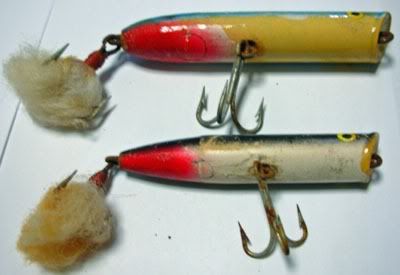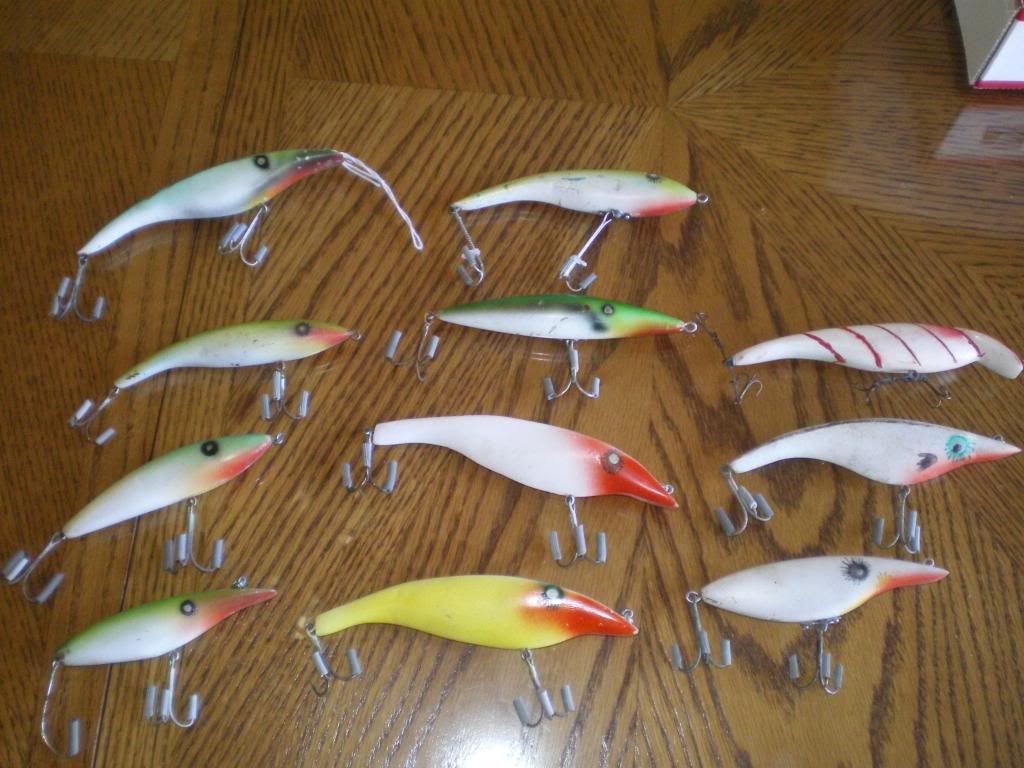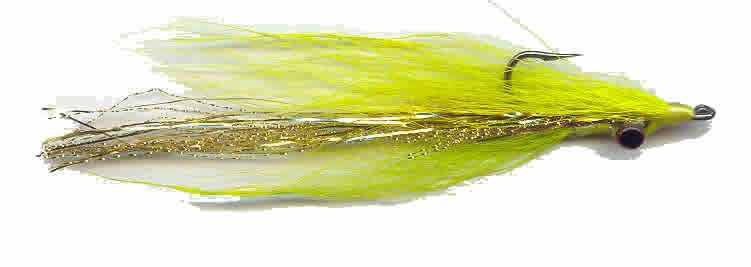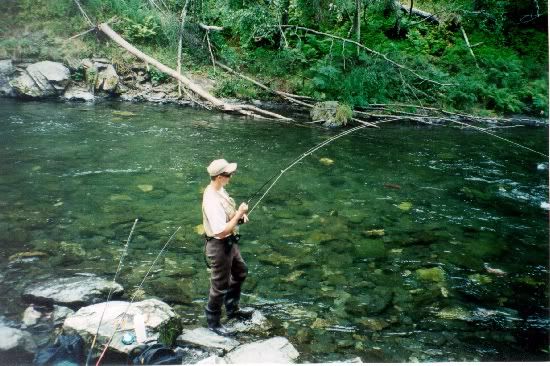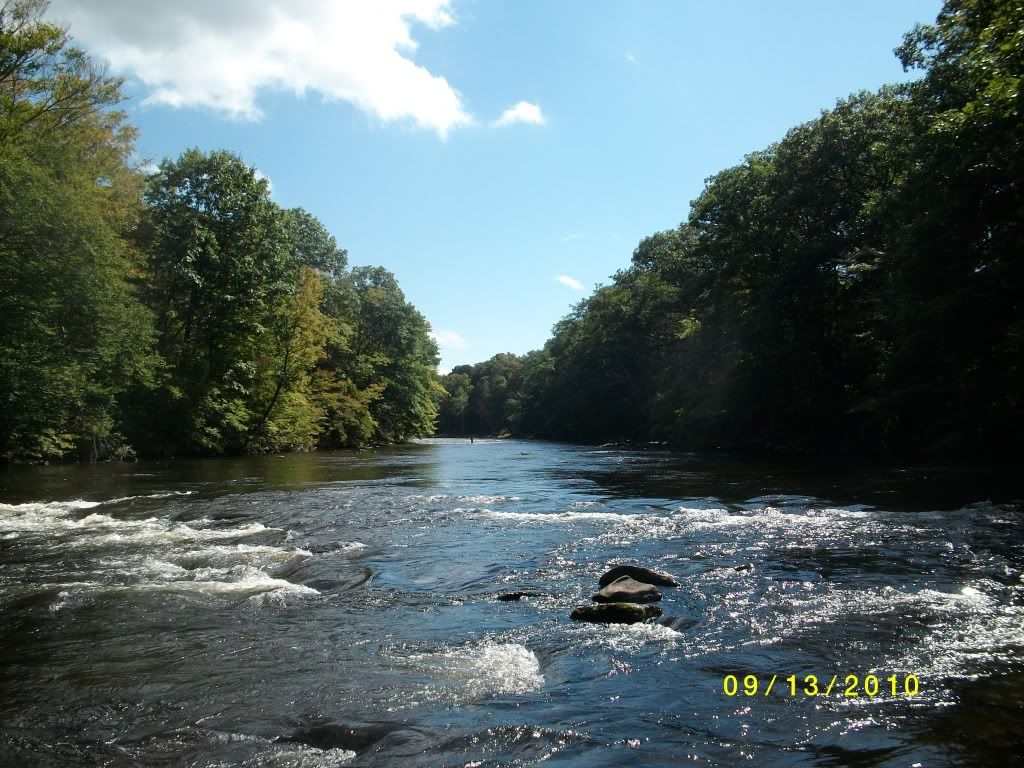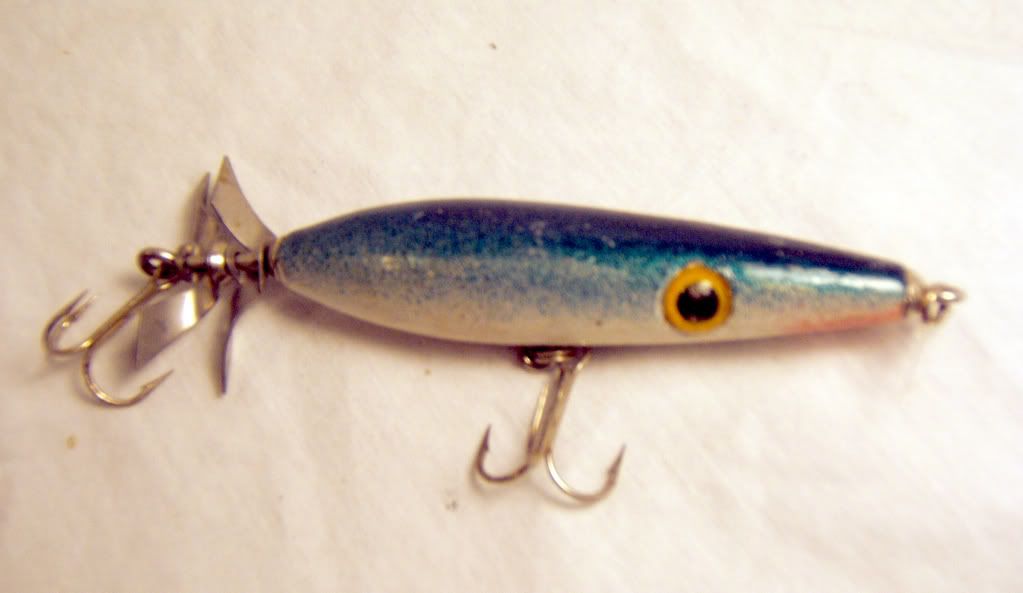
My first attempt at making homemade fishing tackle went like this if I remember correctly. I grabbed on old broken broom from my mom's closet and did my best at hand carving out a very rough looking fishing lure. I didn't know anything about what wood selection, sealing the wood or proper painting techniques I just wanted to make my own homemade fishing tackle. Back then there wasn't anyone to help me, no internet just plain trial and error.
Once I had sanded the wooden lure into shape and used some of my dads eye screw from his tool box and attached a few hooks I took my car modeling testor paints and gave that fishing lure the best minnow paint job that would make any 12 year old boy proud. I remember heading down to the lake and trying her out when I was finished. What a disaster! The fishing lure didn't wobble like the other wooden lures in my tackle box and my paint job lasted all of 5 minutes before it began to peel and curl and hang off my homemade fishing tackle like a wet soggy noodle. I was broken hearted. Wow making wooden fishing lures was a lot harder then I had hoped.
In retrospect how to make fishing lures isn't actually difficult it just takes some proper consideration and technique. The tools needed do not have to be complex and you don't have to spend a lot of money. In fact a lot of fishing lure making jigs can be constructed from old scraps lying around and they will do as good of a job as any fancy spinner wire making jig around.
Here are a couple quick tips on making wooden fishing lures.
1. Proper Wood Selection. While you can craft out a lovely looking crankbait from your mom's or wife's old broom handles it isn't exactly the best choice. Most wooden baits in our tackle box are made from balsa or basswood. However not a lot of people have access to these kinds of woods so easily without either having to travel to an exotic wood store or through special order. So what's a guy to do? Well, take a tip from antique lure collectors. There's a lot of great lures back in the old days that used red or white cedar. These woods make excellent wooden lures and are a lot more accessible for the average hobbyist how wants to learn how to make fishing lures.
2. Seal the Wood Before you Paint.I know that for a lot of wood projects you often seal and varnish the wood when you're done to protect it. This isn't the best option when it comes to painting a professional job on your wooden lure. By sealing the wood with a couple light coats before you paint you make the job of painting a lot easier. Great lure painting comes with practice but you will find it is a lot easier to get even coats if you seal the wood before you paint. Also after sealing make sure to sand the lure one more time before painting. Sometimes sealing the wood raises the grain a bit, even if you can't feel or see it. By sanding after sealing with using fine grade sandpaper you help to lower that grain and make it even. Again making it easier to get a nice even coat of paint.
Making wooden lures isn't a terribly difficult task but it does take some thought and technique to turn out a lure that is going to rival any rapala you have in your tackle box. There's a lot more to learning how to make homemade fishing tackle and it's best to read more about the subject before trying. That way you'll save yourself the same experience that I had when I was a boy trying to make wooden fishing lures.
For information about tackle making and get some great tips visit homemade fishing tackle. There you will find a lot of great information and resources to help you get started in this fun hobby of making fishing lures.
Article Source: http://EzineArticles.com/?expert=Tony_Bolton
see my previous post :
How to Make Fishing Lures
